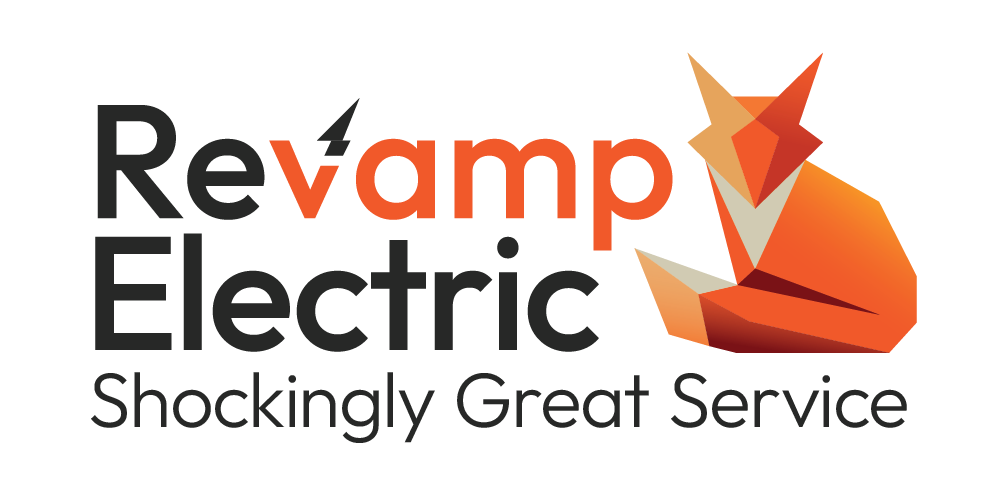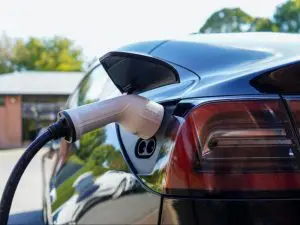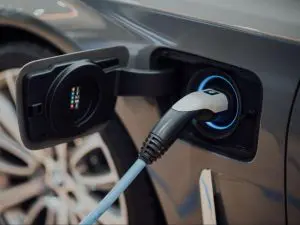As electric vehicles (EVs) become increasingly popular, the need for convenient and efficient home charging solutions has grown. Installing an EV charger at home can provide the convenience of charging your vehicle overnight, ensuring you start each day with a full battery. However, the process of installing an EV charger can seem daunting if you’re unfamiliar with it. This comprehensive guide will walk you through what to expect from EV charger installation services, from initial consultation to final inspection.
Why Install an EV Charger at Home?
Many benefits come with installing an EV charger at your home. Our pals at Degree Solar have provided us with the advantages
1. Convenience
Having an EV charger at home eliminates the need to visit public charging stations, saving time and effort. You can charge your vehicle overnight, ensuring it’s ready to go each morning.
2. Cost Savings
Home charging is typically more cost-effective than using public charging stations. By taking advantage of off-peak electricity rates, you can reduce your charging costs even further.
3. Increased Property Value
Installing an EV charger can enhance the value of your property. As more people adopt electric vehicles, homes with built-in charging solutions will become increasingly desirable.
4. Environmental Benefits
Charging your EV at home, especially if you use renewable energy sources, reduces your carbon footprint and contributes to a cleaner environment.
The EV Charger Installation Process
1. Initial Consultation
The installation process begins with an initial consultation with a professional installer. During this stage, the installer will:
- Assess Your Needs: Discuss your specific charging needs, including the type of EV you own, your driving habits, and your preferred charging speed.
- Evaluate Your Electrical System: Review your home’s electrical system to ensure it can support the additional load of an EV charger. This may involve inspecting your electrical panel, wiring, and outlets.
- Determine the Best Location: Identify the optimal location for the charger, considering factors such as proximity to your parking area, ease of access, and safety.
- Provide an Estimate: Based on the assessment, the installer will provide an estimate of the installation costs, including any necessary upgrades to your electrical system.
2. Selecting the Right Charger
There are several types of EV chargers, each with different features and charging speeds. Your installer can help you choose the right charger based on your needs and preferences.
Types of EV Chargers:
- Level 1 Charger: Uses a standard 120-volt household outlet and provides a charging rate of 2-5 miles of range per hour. Suitable for overnight charging but slower than other options.
- Level 2 Charger: Requires a 240-volt outlet and provides a charging rate of 10-60 miles of range per hour. Ideal for home use due to its faster charging speed.
- Level 3 Charger (DC Fast Charger): Provides rapid charging but is typically used in commercial settings due to its high cost and power requirements.
Features to Consider:
- Smart Capabilities: Some chargers come with Wi-Fi connectivity, allowing you to monitor and control charging remotely via a smartphone app.
- Adjustable Power Levels: Chargers with adjustable power levels allow you to optimize charging speed based on your electrical system’s capacity.
- Cable Length: Ensure the charger comes with a cable long enough to reach your vehicle’s charging port comfortably.
3. Permitting and Approval
Before installation can begin, you may need to obtain permits and approvals from your local government or utility company. Your installer will typically handle this process, ensuring all necessary paperwork is completed and submitted.
4. Electrical Upgrades
Depending on the condition and capacity of your home’s electrical system, upgrades may be necessary to support the EV charger. Common upgrades include:
- Electrical Panel Upgrade: If your current panel cannot support the additional load, you may need to upgrade to a panel with a higher capacity.
- Dedicated Circuit: Installing a dedicated circuit for the charger ensures it operates safely and efficiently without overloading your existing circuits.
- Wiring and Outlets: Upgrading wiring and outlets may be necessary to accommodate the voltage and current requirements of the charger.
5. Installation Day
On installation day, the installer will:
- Prepare the Installation Site: Ensure the selected location is clear and accessible. This may involve moving vehicles or other obstacles.
- Install the Charger: Mount the charger on the wall or a pedestal and connect it to your electrical system. This involves running wiring, installing outlets, and making electrical connections.
- Test the System: After installation, the installer will test the charger to ensure it functions correctly and safely. This includes checking for proper voltage, current, and grounding.
- Demonstrate Usage: The installer will demonstrate how to use the charger, including connecting and disconnecting your vehicle, setting charging schedules, and using any smart features.
6. Final Inspection
Once the installation is complete, a final inspection may be required by your local government or utility company to ensure the installation meets all safety and code requirements. Your installer will coordinate this inspection and address any issues that arise.
7. Ongoing Maintenance and Support
After installation, regular maintenance can help ensure your EV charger continues to operate efficiently. Your installer may provide:
- Routine Inspections: Periodic inspections to check for wear and tear, loose connections, and other potential issues.
- Firmware Updates: If your charger has smart capabilities, ensure it stays updated with the latest firmware for optimal performance.
- Customer Support: Access to customer support for troubleshooting and technical assistance.
Conclusion
Installing an EV charger at home is a practical and beneficial step for any electric vehicle owner. Understanding the installation process can help you make informed decisions and ensure a smooth experience. From initial consultation and selecting the right charger to obtaining permits, completing electrical upgrades, and performing the installation, each step is crucial for a successful outcome. By partnering with a professional installer, you can enjoy the convenience, cost savings, and environmental benefits of home EV charging with confidence.



